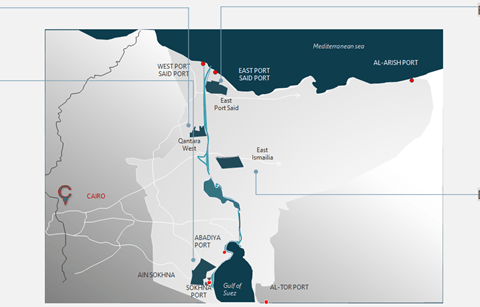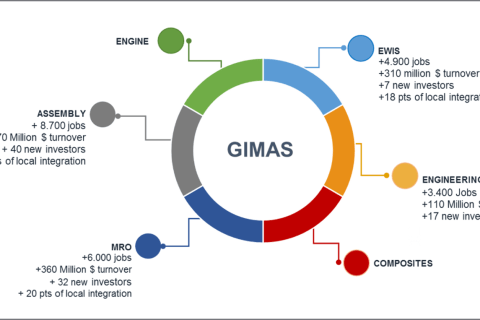Africa, in its quest for regional integration and sustainable development, is multiplying ambitious projects. Five of them illustrate this dynamic: Konza Technopolis, Standard Gauge Railway (SGR), LAPSSET Corridor, Lagos-Calabar Railway, and Second Niger Bridge.
- Konza Technopolis (Kenya)
Nicknamed the “Silicon Savannah,” Konza Technopolis is a flagship project of Kenya Vision 2030. Located 60 km from Nairobi, this smart city aims to become a technology hub and innovation engine in East Africa. Spread over 2,000 hectares, it will house ICT companies, universities, laboratories, and eco-friendly housing. Many challenges remain, including financing and attracting private investors, but Konza symbolizes Kenya’s ambition to join the knowledge economy. - Standard Gauge Railway (SGR) – Mombasa-Malaba
The Mombasa-Malaba railway line, over 500 km long, connects Kenya’s main port to the interior, with a planned extension to Uganda. Launched in 2017, this modern infrastructure replaces the old colonial line. The SGR reduces transport costs and travel time, boosting regional trade. However, the heavy debt incurred, particularly with China, has sparked debate over its financial sustainability. - LAPSSET Corridor
The LAPSSET (Lamu Port–South Sudan–Ethiopia Transport) project is one of Africa’s most ambitious economic corridors. It includes a deep-sea port in Lamu, highways, pipelines, and railways connecting Kenya to South Sudan and Ethiopia. The goal is to open up these regions, diversify trade opportunities, and strengthen regional integration. Work is progressing in stages, facing security and environmental challenges. - Lagos-Calabar Railway (Nigeria)
This project, spanning over 1,400 km, aims to connect Lagos, Nigeria’s economic capital, to Calabar, crossing several southern states. Designed to boost trade, create jobs, and modernize the rail network, it is partly funded by China. The infrastructure is expected to promote industrialization in the regions it crosses and ease road congestion. - Second Niger Bridge (Nigeria)
The Second Niger Bridge, linking Asaba and Onitsha, aims to relieve congestion on the old bridge over the Niger River. At 1.6 kilometers long, it is part of a strategy to improve road infrastructure in southeastern Nigeria. Completed in 2023 after years of delays, it facilitates the mobility of people and goods, a crucial asset for the national economy.
These projects illustrate the efforts of African states to modernize their infrastructure and lay the foundations for inclusive growth. They also demonstrate public-private partnerships and the geopolitical challenges associated with external financing.



